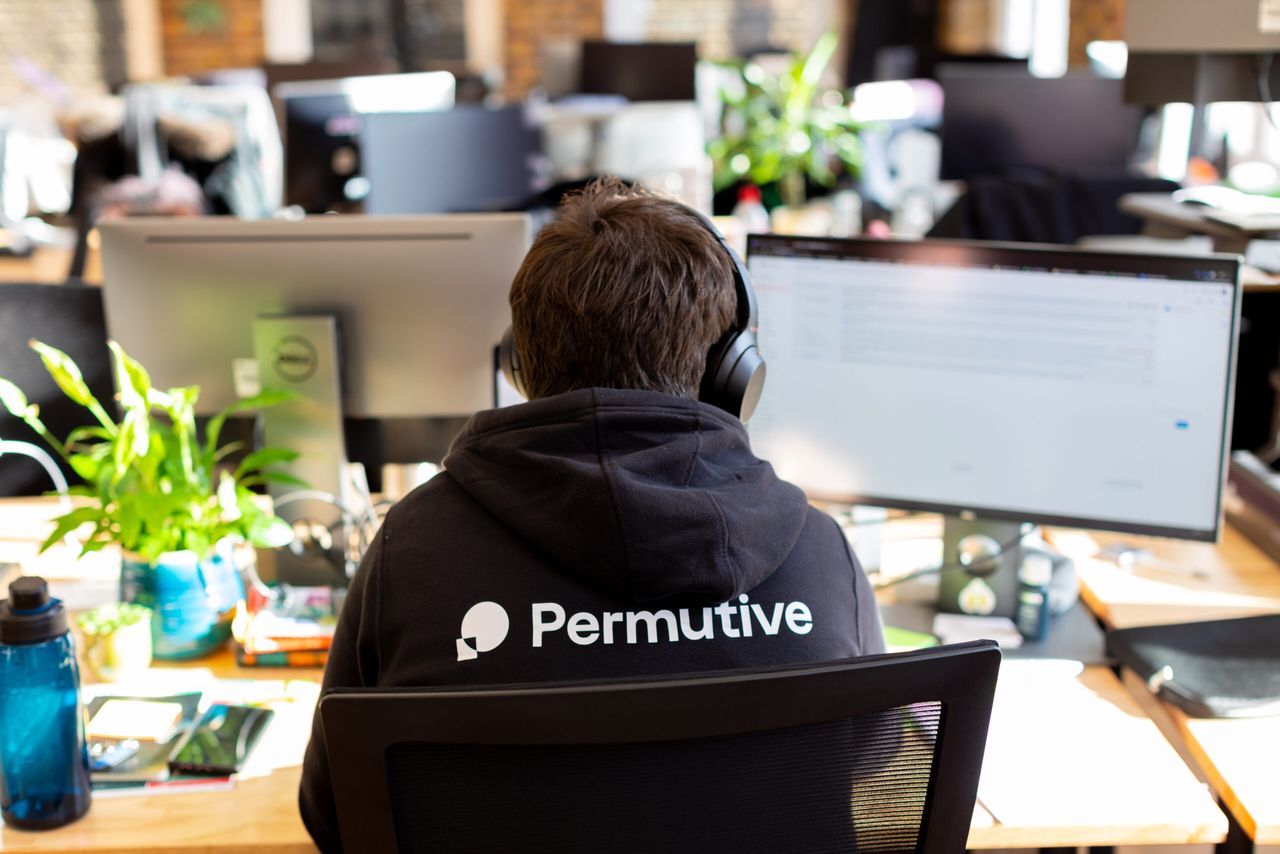Collecting consented, first-party customer data is a challenge, but it’s also required to continue targeting and personalisation. It’s also just the first step. Publishers will also need to build strategies around first-party data, brands will need to build direct relationships to access those audiences, and both will need a way of transacting that keeps that hard-earned data safe.
At the Programmatic Pioneers virtual summit, we gathered a panel of buy- and sell-side experts to explore their concerns and understand how they’re setting themselves up to continue to collect and action user data.
The panel included Oscar López Cuesta, Audience & Data Management Platform (DMP) Lead at Orange; Eva Haro, Global IT Digital Audience Activation Lead at Nestlé; Maria von Scheel-Plessen, Global Head of Media & Advertising at Montblanc, and Matthew Rance, Head of Commercial Data at Immediate Media — the conversation was moderated Joe Root, CEO and co-founder at Permutive.
Here are five things we learned about how brands and publishers are approaching their data strategy:
1. Gaining consent for data use is a challenge
Brands on the panel were very worried about what’s happening to data-driven marketing right now. This sentiment is echoed in a recent Forrester study we commissioned on data deprecation, which surveyed over 100 publishers and 100 brands. The study showed that 73% of brand respondents are concerned about increasing privacy regulations, and 70% state that they are concerned that consumers will decline consent to use their data for marketing.
Oscar López Cuesta at Orange said that while regulatory changes around gaining explicit consent to use data hadn’t had a “significant impact” on the business, the upcoming changes to third-party cookies create a challenge. He said: “On each domain, the user has to give permission. That’s going to be on the browser level. That concerns me because I don’t know how the user is going to react.”
Eva Haro at Nestlé said the brand had adapted well to explicit consent too, as consumers are reacting appropriately. However, it’s the impact on their solutions and how the brand personalises the entire experience for consumers that is a worry. She asked: “How [can we be] sure that without third-party cookies, our communication and the full journey with our consumers remains the same?”
2. Solutions need to be long-term
“It feels like it’s never been more complex,” said Matthew Rance at Immediate Media. The publisher is currently analysing each solution to reduce the complexity and ease uncertainty. Rance said: “We’ve been able to get a clear picture on [solutions] that we want to prioritise versus approaches which we don’t think are going to last long-term or where user privacy is at threat.”
While having that framework is essential, Rance said the time to test these solutions is now, and it should involve the whole business. He said: ”For the first time, the challenges we face require us to recognise this at an organisational level. Prior it was just Safari that was limiting identity, now it’s Google it’s essentially the entire market share.” He added: “That impacts not just ad revenue, it impacts some of the other core businesses such as marketing, data, and subscriptions. We’re trying to come together as an entire business and recognise this is a big issue that we need to face.”
“For the first time, the challenges we face require us to recognise this at an organisational level.”
Matthew Rance, Head of Commercial Data, Immediate Media
3. Test and learn budgets require a nuanced approach
According to Rance at Immediate Media, as brands start to test campaigns using publishers’ first-party data, just having this data is not enough. To make the most of test budgets, advertisers and publishers need to discuss current third-party data use details and where first-party data can help them achieve similar goals.
He said: “It does need a very nuanced approach to put that data at heart. We’re trying to have those conversations with agencies and brands to understand KPIs, the reasons for running activity in the way that they currently do, and where they rely on third-party identity maps.” With that knowledge, the publisher asks itself how to build products using its first-party data that still enables brands to deliver against their KPIs.4. Brands are exploring second-party data deals to tackle deprecation
Nestlé is already looking at second-party data for campaigns, said Haro. Now the brand is exploring this option at a global level to get global deals for the markets where this type of partnership is available. However, Haro said there are barriers to activating that data. She said: “Both sides need to be using the same technology.”
Despite this challenge, Haro said: “It’s not as straightforward as we would like, but I think that we should push for these second-party deals because it’s one of the options that we have for data deprecation.”
Maria von Scheel-Plessen at Montblanc also sees matching and plugging in second-party data as a “really big challenge.” To manage this, Montblanc is working on data partnerships with publishers, according to von Scheel-Plessen. She said: “We want to go more into segmenting [and] contextual targeting to build out as much as possible. To also use it for performance is really big.”
5. The requirement for data-safe options are gaining traction
Publishers and brands will need to keep their data safe in the privacy era, so matching needs to occur in a way that doesn’t see either handing over their data or allowing data to leak in the advertising ecosystem. López Cuesta at Orange believes that “publishers will need to develop their own data clean rooms so brands like Orange can upload customer data and see how they profile on their sites, and try to find the same users on the publisher site.”
Rance at Immediate Media said some technologies allow a more direct and safe way of transacting with a brand, which, historically, hasn’t always been the case. He said: “The publisher, brand or agency would have to hand over their data. That’s not really a partnership; it’s effectively me handing over the keys to my house and saying, ‘come in whenever you like.’”
Montblanc is exploring options with Google’s Federated Learning of Cohorts (FLoCs), but von Scheel-Plessen said the brand still “doesn’t know how to do the performance part on an always-on basis.” “That remains to be seen,” she said. The brand is working on a cookie-less future roadmap with its agencies, and while they’re not fully ready for the end of third-party cookies, it’s a “work in progress.”
On cohort-based buying, Rance added: “There are ways in which publishers can currently already offer an approach very similar, if not exactly the same as FLoCs, and it’s not a black box solution. They are extremely transparent, and they can be standardised — I would say what that’s one of the major benefits to it, advertisers can have an active say in how these audiences are put together.”
As owners of first-party data, privacy is a focus for publishers and brands on how to collaborate in a way that doesn’t violate privacy and doesn’t risk losing business value by giving that data away to someone else. The brands on the panel are at varying stages of their post-third-party cookie data strategies. Still, all have started and are expecting a busy few months as they prioritise solutions, second-party data deals and test data clean rooms.
Blog
Clean rooms and second-party data deals: Five things we learned about brands’ and publishers’ data strategies
June 04, 2021 7 min read
-

Elizabeth Brennan
Head of Advertiser Strategy at Permutive





